
Founded in 1999, Mongabay.com is one of the most popular and influential conservation and environmental science websites in the world. The work of the site’s creator, Rhett Butler, also involves advising a wide range of organisations including governments, multilateral development agencies, media outlets, academic institutions, foundations, and private sector entities. Rainbow Tours is proud to be a partner of Mongabay and to continue working with their team to raise awareness of the issues facing the natural world, particularly in one of our favourite countries: Madagascar.
Rhett Butler spoke with Rainbow Tours’ Madagascar & Alternative Africa product manager and author/conservation writer Derek Schuurman recently, about the vital work that Mongabay does and what's happening in Madagascar at the moment.
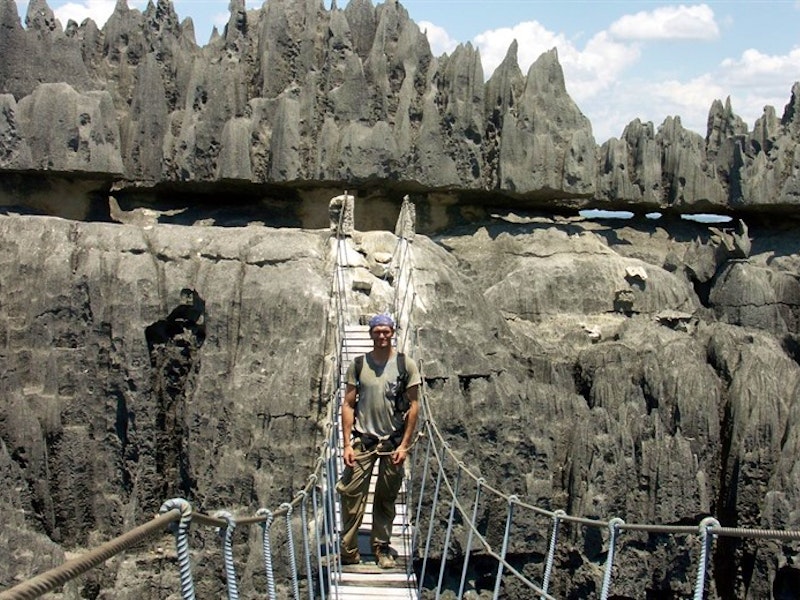

Q: Can you tell our readers more about Mongabay?
Rhett: Mongabay was founded on the belief that credible and accurate information on conservation and environmental issues can inspire, educate, and inform, leading to increased awareness and accountability. To that end, we’ve developed a strong in-house team that produces high quality content based on the latest science. We have also built a large network of journalists to do on the ground reporting in 50 countries. That effort has enabled Mongabay to become a highly regarded and well-respected source of information in the conservation community.
Our work:
- Creates an enabling environment for a wide range of actors, making this a high leverage intervention;
- Generates real on-the-ground impacts, ranging from awareness-raising to identifying the most meaningful and effective conservation strategies to providing timely information to critical decision-makers; and -
- Readily scales via content that is open for free republishing - we already have dozens of outlets using our stories in several languages.
One example of the impact of our reporting comes from our global forests special reporting project, which combines satellite data and on-the-ground reporting. Under this project, in early 2015 Mongabay broke a story about United Cacao, a publicly listed company, clearing rainforest in the Peruvian Amazon. Mongabay’s ongoing reporting on the situation prompted advocacy groups to launch campaigns against the company for violating Peruvian laws. In January 2017, United Cacao was formally delisted from the London Stock Exchange, depriving it of the capital it needed to vastly expand operations, sparing nearly a hundred thousand of hectares of rainforest from destruction.
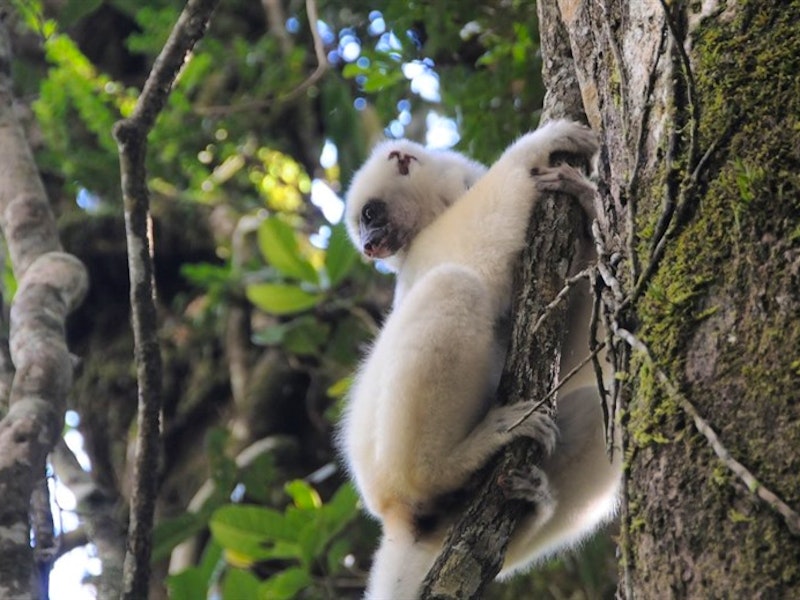

Q: Can you describe the journey you undertook which inspired you to create Mongabay?
Rhett: One of the few benefits of having a father who had to fly each week from San Francisco to meet clients in Hawaii and Alaska during my formative years was the airline miles. My father had a lot. So many, in fact, our family didn’t have to spend a lot of money on airline tickets.
The other travel perks came from my mother, who was travel agent specialising in high-end exotic travel. She had the knowledge, the connections, and, on occasion, the deals to stay in hotels and retreats. So we travelled all over. We went to some of the “conventional” destinations like Disney Land, Yosemite, and the California Sierra Nevada Mountains. We went to other more distant but not uncommon destinations, like Hawaii, Mexico, the Caribbean, and Europe. But what set our travels apart were the far-off and “weird” destinations, at least for a family with two kids under the age of 15: Botswana, Ecuador, Venezuela, Australia and Zimbabwe. These travels would shape my life. I learned to listen, appreciate quiet time alone, make the best use of idle time, love the outdoors, and be fascinated with diversity—different cultures, landscapes, philosophical outlooks, and animals.
I was especially interested in animals—particularly reptiles and amphibians. My love for wildlife naturally led to a fascination with rainforests, which have the highest diversity of plant and animals species on the planet. My parents, probably to their initial dismay, encountered a boy who increasingly lobbied to go to less and less “comfortable” places. Destinations where the spiders were bigger, the snakes more poisonous, and the mosquitoes more abundant. Don’t get me wrong. I loved the plains animals in Africa, the snorkelling in Kauai, the swims in the icy mountain lakes in the Sierras, but tropical jungles were most dear to me.
However, rainforests were under threat as I would come to see first-hand when two special places where destroyed shortly after my visits. The first was in Ecuador; when at the age of 12 we stayed with a fairly traditional indigenous community near Yasuni National Park where I explored the forest with village kids my age. A few months after that trip, I saw a story in the newspaper about a huge oil spill that had happened on the Rio Napo upriver from where I’d been. That meant the whole area I had just visit was now covered in oil. All I could think about was what had happened to my friends in the forest and the animals. The second was at the age of 17 in Malaysia Borneo, when a tract of orangutan-filled rainforest was logged for wood pulp to supply a paper factory. That second incident brought me great sadness and I decided to do something: I started writing a book about rainforests.
That book would go on to become Mongabay, which is now among the most popular rainforest sites on the Internet.
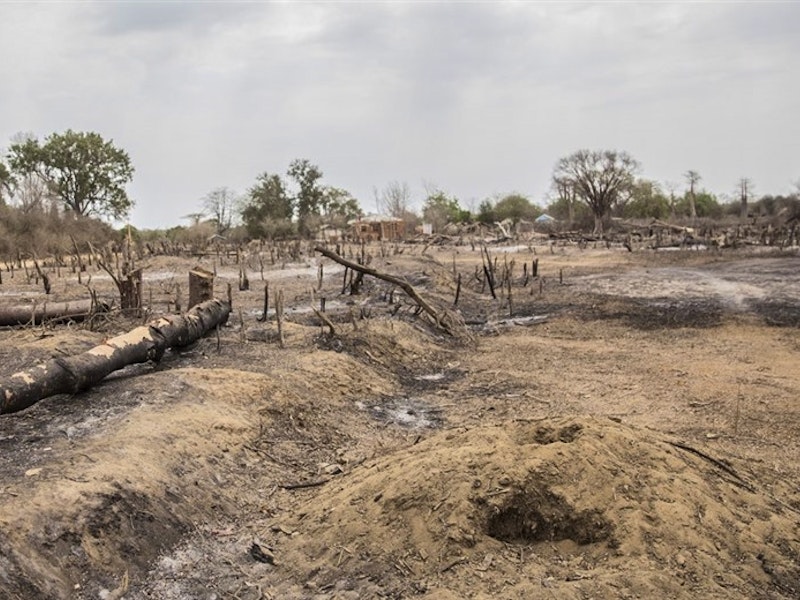

Q: What is your take on the dynamics behind deforestation today, and do you feel optimistic with regards to conservation efforts under way?
Rhett: As an optimistic, I’m broadly hopeful about efforts to save wildlife and wild places. There’s no doubt that conservation faces formidable obstacles in coming decades; surging resource consumption, the effects of climate change, and conflict, to name a few. But I see signs that things may be moving in the right direction. There is greater awareness of the value of ecosystems than ever before. Economists, policymakers, and even companies are recognising that forests and oceans play critical roles in our well-being. That said, there are certainly ups-and-downs and the past couple of years seem to have had more setbacks than progress.
Furthermore there is an important global trend, which at first glance seems extremely worrying, but may actually make it easier to preserve key habitats is that, while tropical forests continue to fall at a rate of more than 10 million hectares a year, the drivers underlying their degradation and destruction has changed since the 1970′s and 1980′s. Instead of hundreds of millions of poor farmers chopping down trees to put food on the table for their families, deforestation is now increasingly driven by a relatively limited number of large corporations producing or seeking access to commodities. This trend is ultimately driven by global demands for food, (bio-) energy, and natural resources. In other words, deforestation is now more than ever driven by profit, rather than poverty; and by regional or international markets, rather than local needs. This shift has critical implications for saving the world’s forests. For one, it is becoming easier and more ethical for green groups to target those who drive the bulk of deforestation. There are also new levers for conservation, including tools like Google Earth and mobile phones, which can turn any citizen into a journalist or activist. Finally valuing ecosystems for the services they afford could create new financial streams to save them.
On a more micro scale, there are also reasons to be hopeful. The Internet and mobile phones (as mentioned above) are proving to be powerful tools for NGOs to publicise their work, find partners, fundraise, and improve the effectiveness of their programs. In places like Central Africa, rangers are blogging about their struggles to protect gorillas against poachers and raising money directly from concerned readers. In Sumatra communities are using phones to mobilise opposition to land invasions by logging companies. In other words, technology is boosting grassroots campaigns. Beyond that, there seems to be a greater willingness for disparate groups to work together. Environmental impact assessments, certification bodies, and various standards are compelling companies and developers to consult with affected communities. While these negotiations are still often one-sided and prone to manipulation, I am encouraged that they are at least happening. It’s a starting point.
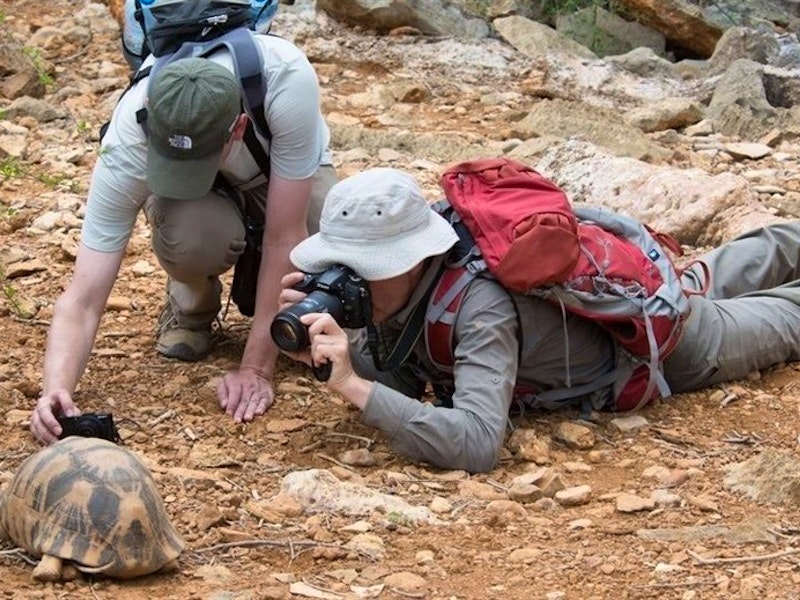

Q: In late 2011 you published Rainforests, a book which, while geared towards children, is enjoyable reading for readers of any age. What was the message you hoped to convey by means of the book?
Rhett: The purpose of Rainforests is to make people aware of the importance and beauty of rainforests as well as what is happening to them. While I call it a book for kids, it’s also quite suitable for adults. It provides a simple, but accurate overview of tropical forests. And for those who don’t feel like reading, there are more than 150 photos in the book. Most of these I took during my reporting trips for Mongabay.
My initial interest in rainforests was spurred by the wildlife they contain, but today I have much broader appreciation of these ecosystems. They provide so many services for mankind, ranging from direct benefits to local forest people all the way up to helping slow climate change and generating rainfall.

Q: How do you feel people can make a contribution towards the preservation of the world’s remaining rainforests?
Rhett: While saving rainforests may seem like a distant cause, there are things you can do at home to help. First, cut down on consumption and understand the origin of the products you buy. For example, if palm oil or palm kernel is an ingredient in your favorite snack food, try to determine whether it is sourced under a certification system like the Roundtable on Sustainable Palm Oil (RSPO). If you don’t know, call or write to the company and ask them. If you are purchasing paper, be sure it is recycled. If you’re buying timber, ask where it came from and whether it is certified. More generally, try to reduce your environmental footprint, by cutting down on energy use and thinking about your eating habits.
Keep tabs on forest news and developments. If you are passionate about the issue and have the means, consider donating to forest protection groups, especially small, targeted ones, rather than the big NGOs. If you have time to spare, rather than money, look into volunteering.
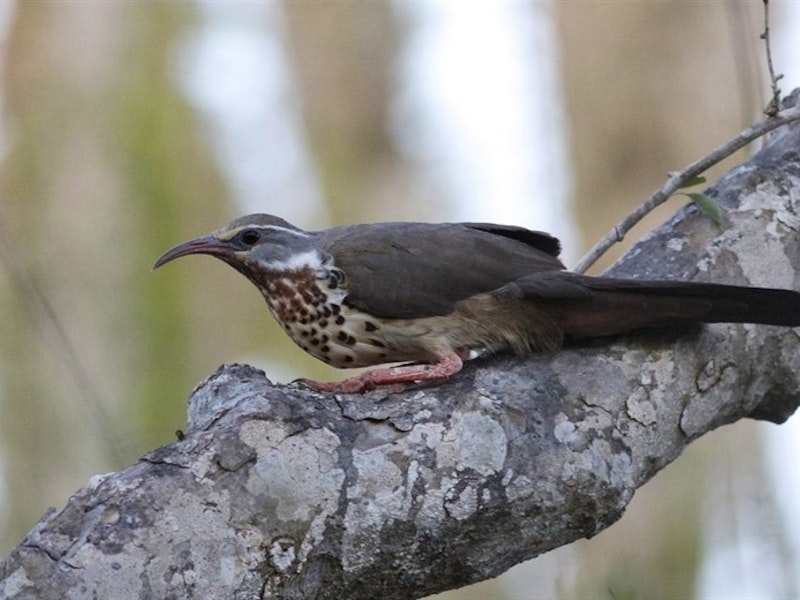

Q: Could you outline the global significance of forests and their role towards the well-being of the planet?
Rhett: Forests are often described as the “lungs of the planet” for they role the play in sequestering carbon and generating oxygen, but they really do much more than that. Forests serve as storehouses of biological diversity and house millions of people who depend upon them for their daily needs. Forests are also critical in water cycling and helping regulate climate. They can help protect against disasters—such as flooding and landslides.

Q: Madagascar occupies a special place in your heart. What was it about the island that so attracted you to it that you created Wildmadagascar.org?
Rhett: The strange and unique flora and fauna of Madagascar made it an obsession from the moment I learned about the island. My first visit to Madagascar as a teen was pretty disastrous, but nonetheless I saw so many interesting things that I had to return a few years later. Travel to Madagascar invariably includes highs and lows from amazing wildlife to destroyed landscapes, but I recommend it as a destination for anyone passionate about wildlife who has the ability to weather a bit of adventure.

Q: If you could recommend a couple of places which prospective wildlife enthusiasts should not miss out on when traveling around Madagascar, which would they be?
Rhett: My favorite area is the Masoala Peninsula for its rainforests, coastline, and interesting herps. It’s not the best place for spotting bigger wildlife though since it’s the rainforest. Isalo and Ankarana are very interesting geologically with good wildlife spotting opportunities. And the spiny forest is a truly unique ecosystem for people interested in plants.


Q: In your opinion, which is the most inspiring conservation initiative you are familiar with in Madagascar?
Rhett: I’ve been very impressed with Blue Ventures’ work in building sustainable development models for local people. On the science side, Centre Valbio in Ranomafana is a top-notch institution.

Q: How do you feel responsible or conscious tourism, can make a positive contribution towards the success of conservation programs on the island?
Rhett: Generating sustainable local livelihoods is a fundamental component for a successful conservation initiative. One of the best ways for generating jobs and opportunities from maintaining wildlife populations and healthy ecosystems is ecotourism. But to be sustainable, benefits from tourism must reach local people. If all the benefits flow out of the country, tourism isn’t going to win local support and therefore will not be sustainable.

Q: Mongabay has some exciting developments as concerns Madagascar. Can you tell us about these?
Rhett: We’re hiring our first journalist dedicated to covering conservation and issues related to it in Madagascar. This means we’ll be producing a lot more stories on Madagascar. We hope to develop partnerships with local outlets so this content gets much wider distribution in Madagascar beyond our own sites.




